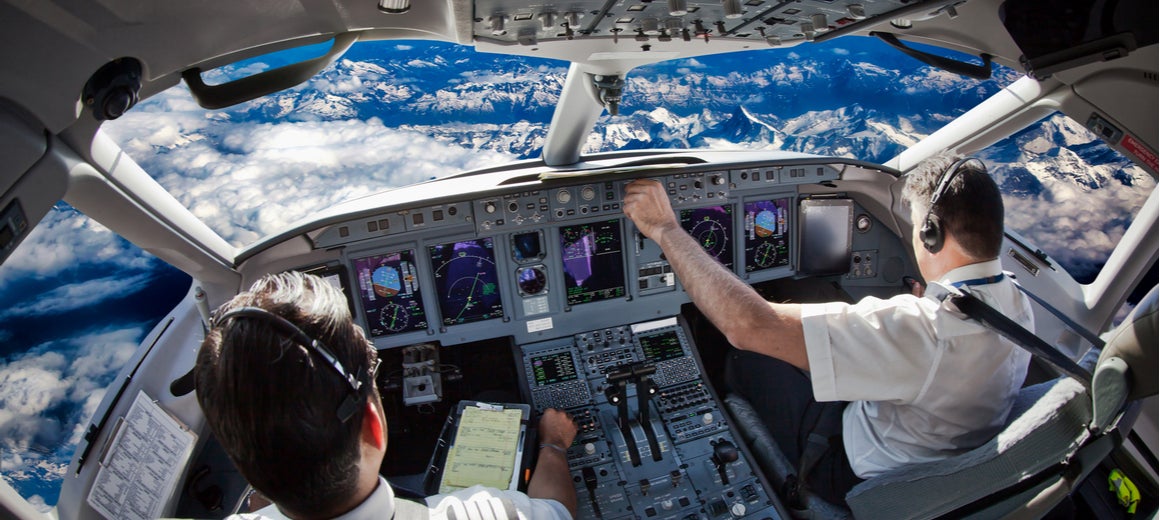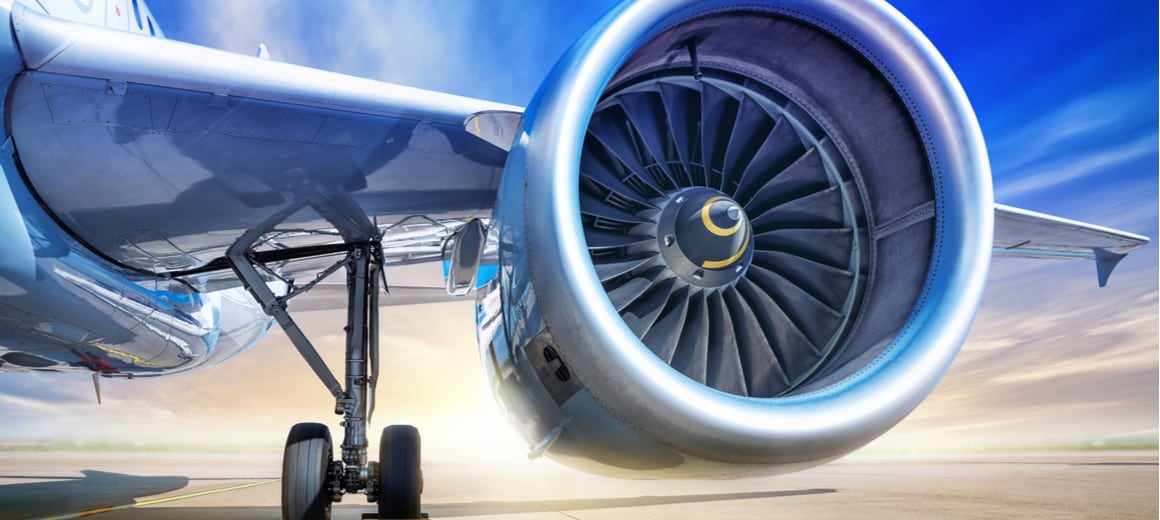Cockpit Technology Explained
The cockpit that houses the pilot, crew and instrument panels is the nerve centre of an aircraft and, while the basics of flying have remained relatively unchanged for more than a hundred years, the avionics used in modern aircraft are wonders of science. Join us on a walk through the modern aircraft cockpit.
The flight decks of luxury private jets continue to evolve, thanks to the latest advances in aircraft onboard systems. Emerging technologies and application solutions include: Controller Pilot Data Link Communication, which utilises a high frequency to enable clearances and altitude changes; glass panel upgrades that improve situational awareness of synthetic vision in small and midsize aircraft; and Automatic Dependent Surveillance–Broadcast technology, which allows an aircraft to determine its position via satellite navigation and broadcast this so it can be tracked.
Let’s start with a basic walk-through of aircraft cockpit instruments before moving on to some of the latest developments in electronic systems and equipment.
The glass cockpit
Before looking at individual instruments and controls, it’s worth mentioning the importance of the glass cockpit.
Can you imagine how many needles, bars and symbols flight personnel had to keep an eye on during a flight back in the 1970s? If you looked inside the cockpit of a typical aircraft of the time, you would have seen more than 100 instruments, controls and complicated dials covering every surface within reach of the pilots.
It was mainly NASA in the US that set out to develop display devices that would be able to take all the ‘raw’ information coming through from aircraft cockpit systems and distil this data into an easily understandable synthetic image.
This became possible with the advent of digital information. Unlike analogue information, which gathered data of physical elements such as air pressure or the position of a gyroscope, digital information could instead convert these types of physical measurement into binary code via an analogue-digital converter. It was this development that led to some of the most significant changes in the cockpit.
Two fundamental technologies made the glass cockpit possible. The first was new electronic systems for digitising and processing data, and the second was the invention of cathode-ray tubes (CRTs) for use in computer monitors, which were adapted to operate efficiently in the fluctuating light conditions inside aircraft cockpits.
Some of the first glass cockpits were adopted in the 1980s by the Airbus A310 and the Boeing 757 and 767, and while the cockpits of the past had been designed for three pilots, it was now possible for large aircraft to be flown by just two.
Starting the engines
The start-up procedure for a pilot of a private jet charter will look quite different to that for a pilot of a small airplane, but the basic principles are the same. Where smaller, older aircraft use a lever during the ignition process, in larger jets most of the start-up procedure is automated through flight computers.
-
First, most of the aircraft’s systems (instruments, lights and communications) are started up with an internal battery or ground power.
-
Next, the pilot will get the blades turning and generate airflow. It’s essential to have enough air flowing through the engine before introducing fuel to avoid overheating and damage to the engine.
-
Now the engines will be powered up one at a time, with fuel being sent to the engine and ignited. Most engines in larger airplane’s are manufactured with two ignitor units; these generate a high-voltage spark that ignites the fuel and air mixture.
-
Once pressure has built up sufficiently to keep spinning the engine and idle power speed is reached, the supply from the auxiliary power unit (APU) is cut off. The pilot will continue the process with each subsequent engine (larger planes like the Airbus A340 have as many as four) using either the APU or high-pressure air from the engines that are already running.
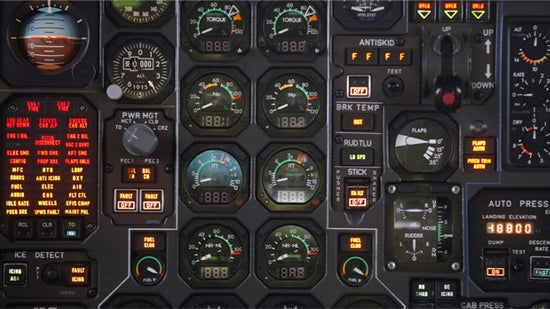
The flight deck six pack
The ‘six pack’ is a group of aircraft cockpit instruments that tell a pilot the speed an aircraft is travelling, its altitude, rate of climb/descent, its attitude (the angular difference measured between an airplane's axis and the line of the Earth’s horizon; pitch attitude is the angle formed by the longitudinal axis, while bank attitude is the angle formed by the lateral axis), heading, and bearings when turning or banking. The instruments are:
-
Air speed indicator: The ASI uses the pressure differential in the pitot-static system to measure a plane’s speed, typically in knots or miles per hour, and displays this with a needle that points to the aircraft’s current air speed. Standard colour-coded indicators give the pilot critical speed information for that particular model of aircraft (white for flap operating range; green for normal operating range; blue for air speed for best single-engine rate-of-climb at gross weight and sea level; yellow for the caution area; and red for ‘never-exceed’ speeds).
-
Attitude indicator: The AI uses a gyro with a tiny aircraft aligned to the horizon (blue sky above and brown ground below) to display the plane’s attitude relative to the horizon. A scale of white markings crossing the horizon shows degrees of pitch up or down. The second scale of white markings curves across the top, and shows the degrees of bank left or right.
-
Altimeter: This instrument uses barometric pressure from the static port to show the aeroplane’s approximate altitude or height above mean sea level (MSL) in feet. This instrument typically has an adjustment knob that allows the pilot to dial in the local barometric pressure since it can change with altitude and atmospheric conditions.
-
Turn coordinator: The TC makes use of a tilted internal gyro to show the initial roll rate and stabilised rate of turn. A miniature aircraft silhouette mirrors the direction of turn and will align with a mark on the display when the plane turns at a standard rate of three degrees per second.
-
Heading indicator: The HI is a rotating gyro that shows the current compass direction in which the aircraft is travelling. The HI compass can be aligned with the plane’s magnetic compass using an adjustment knob.
-
Vertical speed indicator: The VSI displays how fast an aircraft is climbing or descending. The instrument works by using a diaphragm with chambers attached to the static port. These chambers expand or contract in response to climbs and descents. They have a hole that releases the pressure change so it returns to zero-rate when no change is happening.
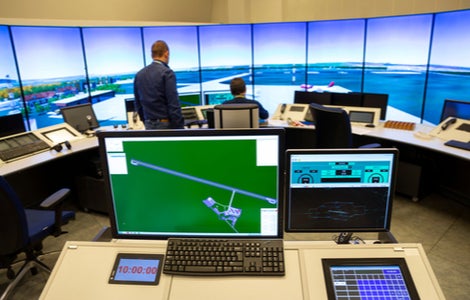
Radio systems control panel
The way aircraft are built makes it difficult for pilots to see further than directly in front of them. This makes radio systems particularly important for effective flying. Whether a pilot is at the controls of a light aircraft or a Boeing 727 VIP charter flight, aircraft communication provides voice communication and information exchange between pilots and ground air traffic control, as well as command and maintenance centres during flight.
Now the latest onboard communication technology has made it possible to reduce 20 minutes of verbal communication to seconds of data transmission. DataComm is an instantaneous communication system that has been replacing radio conversations between pilots and controllers with text messages and computer file transfers that patch through flight routes, air traffic and weather straight to the cockpit.
The benefits of almost instantaneous communications are invaluable when pilots must deal with unexpected circumstances. For example, previously, when aircraft were rerouted due to a major storm, air traffic controllers used to have to verbally confirm every reroute, which often left passenger-filled aircraft waiting on the tarmac. Now alternate flight patterns, altitudes and air speeds can be sent to pilots at the touch of a button, speeding up the process while reducing the risk of mistakes resulting from miscommunication.
ACS offers easy solutions for fast, comfortable flights
Now that you have an idea of some of the wonders of science embedded in every flight deck, you’ll be pleased to know that Air Charter Service (ACS) has a wide range of aircraft available for private jet hire.
When you choose the comfortable and unmatched flexibility of a private plane charter, our flight specialists can advise you about things like the ideal aircraft for your purposes and the optimal route to keep the private jet charter cost of your charter as feasible as possible.
For more information about how we can meet your requirements, contact us for a personalised quotation or call one of our experienced aviation consultants now on +44 (0)20 8339 8588.
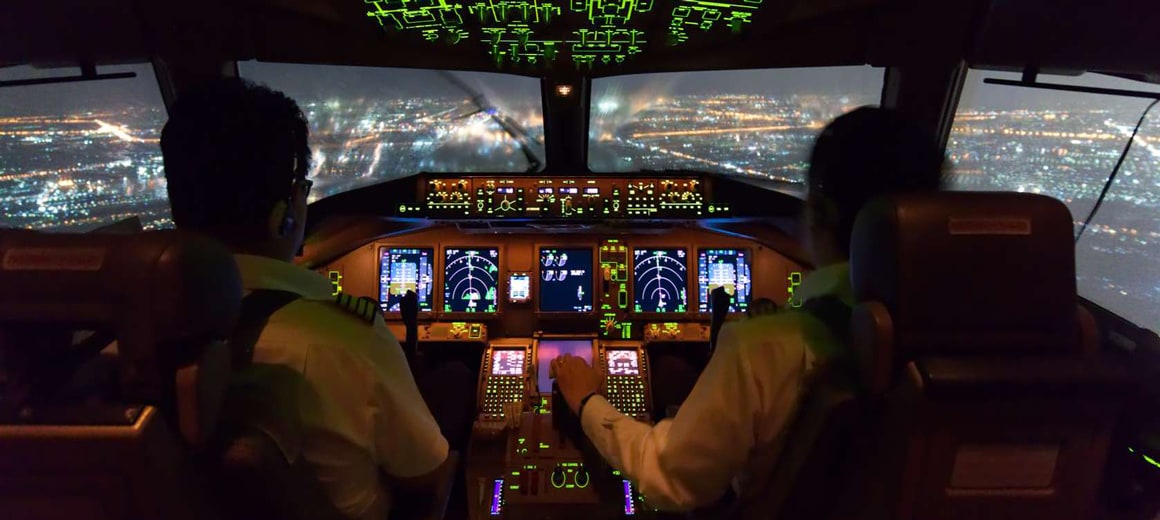
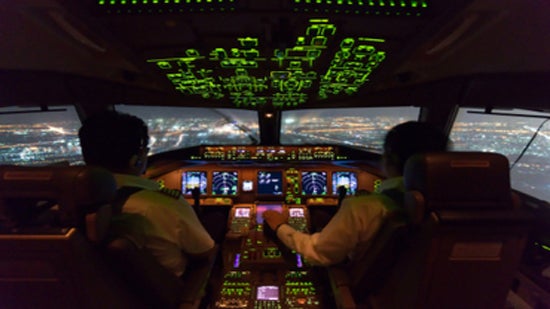 Whether you’re interested in learning to operate an aircraft or you’re a regular flyer, acquiring some knowledge of aircraft cockpit instruments will give you an idea of how an aeroplane operates, as well as some of the exciting avionics designed for luxury private jets.
Whether you’re interested in learning to operate an aircraft or you’re a regular flyer, acquiring some knowledge of aircraft cockpit instruments will give you an idea of how an aeroplane operates, as well as some of the exciting avionics designed for luxury private jets.


